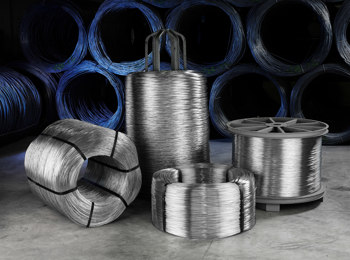The Cost of Sports Shoes An In-Depth Analysis
In today's fast-paced world, sports shoes have transcended their original purpose of providing comfort and support during physical activities. They have become a significant aspect of fashion, lifestyle, and even social status. This evolution has led to a broad spectrum of prices, making it vital for consumers to understand the cost associated with sports shoes. In this article, we will explore the factors influencing the cost, the trade-offs between different price points, and the implications of these costs on consumers.
Factors Influencing the Cost
Several factors contribute to the price of sports shoes. First and foremost, brand reputation plays a crucial role. Established brands like Nike, Adidas, and Puma often charge premium prices due to their established market presence, innovative technologies, and marketing strategies. These brands invest heavily in research and development to create products that enhance performance and comfort, justifying their higher price tags.
Secondly, the materials used in manufacturing sports shoes significantly affect their cost. High-quality materials like breathable mesh, lightweight foams, and durable rubber soles are more expensive than standard materials. Shoes designed for specific activities, such as marathon running or basketball, often incorporate advanced technology for better performance, further increasing their production costs.
The manufacturing process also plays a pivotal role. Shoes produced in countries with a higher labor cost will generally be more expensive than those made in countries with lower labor costs. Additionally, sustainable practices are becoming a priority for many brands. Eco-friendly materials and ethical manufacturing processes can lead to higher prices, as brands strive to reduce their environmental footprint.
Price Ranges and Trade-offs
The market for sports shoes can be broadly categorized into three price ranges budget, mid-range, and premium.
1. Budget Shoes Priced under $50, these are typically basic models that provide decent support for casual activities. While they may not have the advanced features found in more expensive models, budget shoes can be a suitable option for casual wear or light exercises. However, consumers may have to compromise on durability and performance.
cost of sports shoes

2. Mid-Range Shoes These shoes generally fall between $50 and $150, offering a balance of quality and affordability. Mid-range options often feature better materials and more specialized designs. They cater to serious athletes and fitness enthusiasts who require reliable performance without breaking the bank. This price range typically provides improved comfort, support, and durability compared to budget options.
3. Premium Shoes High-end sports shoes can range from $150 to $300 or more. These models are often equipped with the latest technological advancements, custom-fit options, and high-quality materials. While they offer superior performance and durability, their high cost may not be justifiable for occasional users. Nonetheless, serious athletes and avid runners often see these shoes as an investment in their performance and health.
Implications of Costs on Consumers
The cost of sports shoes can greatly impact consumer choices and behavior. With a myriad of options available, consumers must assess their needs, budget, and usage frequency. A high price tag does not always ensure superior quality; therefore, thorough research and personal assessment are crucial.
Moreover, the marketing strategies employed by brands can create a perception that higher-priced shoes are inherently better. This belief can lead consumers to overspend on shoes that may not suit their needs. It's essential for buyers to consider factors like fit, comfort, and suitability for their specific activities instead of purely focusing on brand loyalty or price.
Additionally, budget-conscious consumers may turn to sales, discounts, or outlet stores to find quality sports shoes at reduced prices. Websites and online platforms have also made it easier to compare prices and find the best deals.
Conclusion
In conclusion, the cost of sports shoes is influenced by various factors, including brand reputation, materials, and manufacturing processes. Understanding these aspects can help consumers make informed decisions that align with their needs and budgets. Whether opting for budget, mid-range, or premium shoes, it's important to prioritize comfort and suitability over brand perception and price alone. As the sports shoe market continues to evolve, consumers must adapt and make educated choices to ensure they invest wisely in their footwear.
-
Stay Dry in Any Condition with WadersNewsJul.17,2025
-
Elite Performance with Camouflage Combat BootsNewsJul.17,2025
-
Dry and Comfortable with Green Rubber Garden ShoesNewsJul.17,2025
-
Convenient Protection with Foldable RainbootsNewsJul.17,2025
-
Comfort and Protection with Neoprene Work BootsNewsJul.17,2025
-
Brighten Rainy Days with Floral Rain BootsNewsJul.17,2025
-
Safety Wellies: The Ultimate Combination of Protection, Comfort, and VisibilityNewsJun.19,2025











